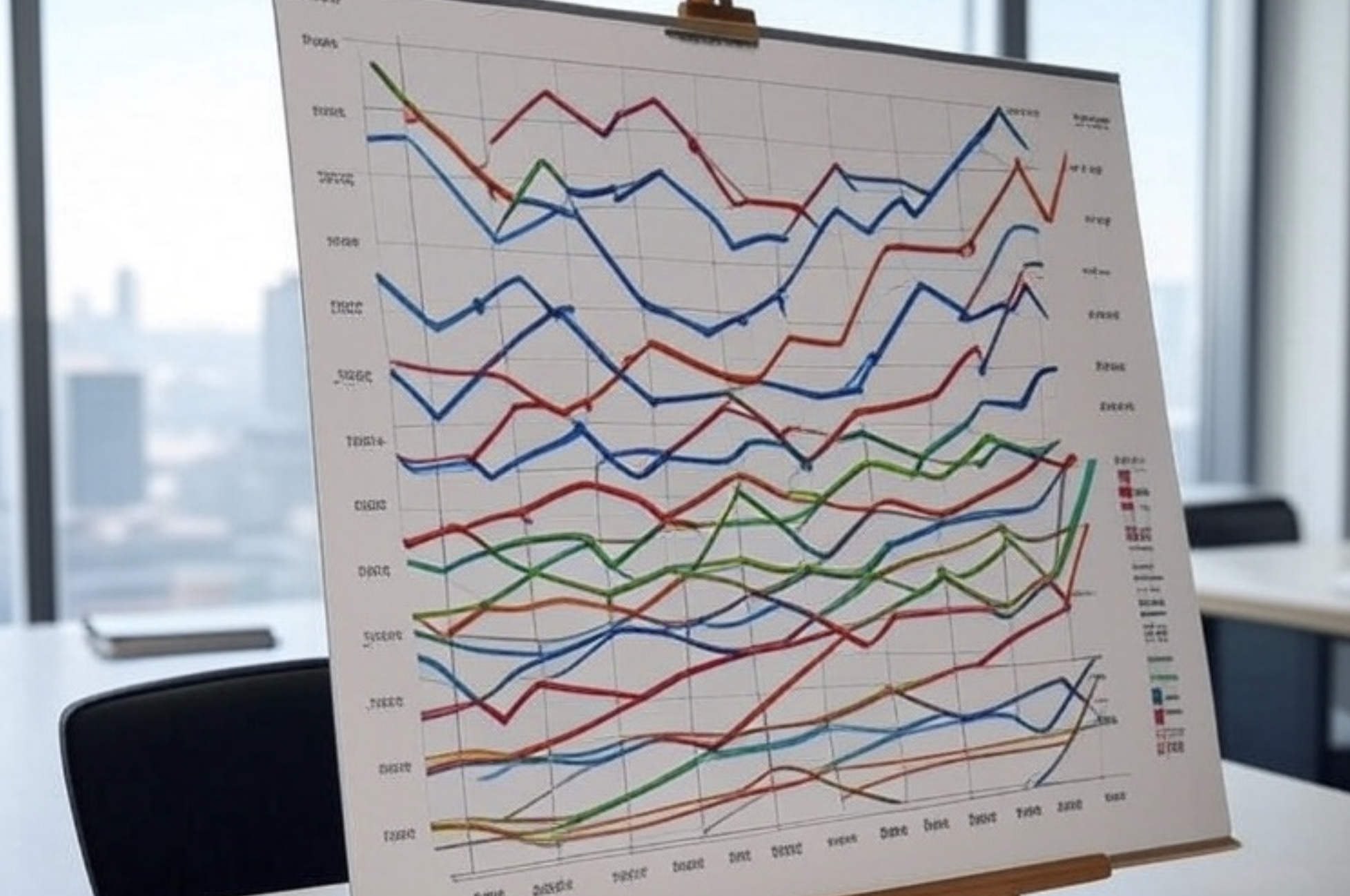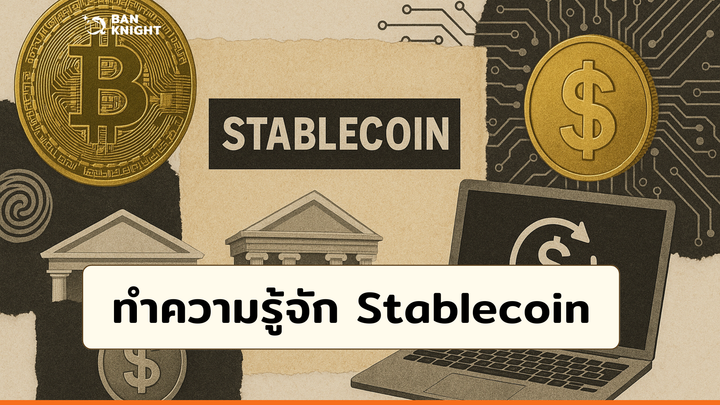What Is Stagflation? One of the Most Challenging Economic Conditions

Introduction
Economies can occasionally face various challenges. Issues like inflation, unemployment, or stagnation are difficult enough on their own, but sometimes they occur simultaneously. This is where a complex economic situation known as "stagflation" emerges.
What Is Stagflation?
Stagflation refers to a situation where an economy simultaneously experiences high inflation, economic stagnation or contraction, and high unemployment. The term was first coined by British politician Iain Macleod in 1965. It is a combination of two words: "stagnation" and "inflation."
Why Is It So Difficult?
Typically, when an economy slows down, central banks respond by increasing the money supply, lowering interest rates, and encouraging consumption. These measures can help revive the economy. However, they also risk increasing inflation.
On the other hand, to fight inflation, monetary policy is tightened: the money supply is reduced, interest rates go up, and public spending is curbed. While this lowers demand and can ease inflation, it also slows down economic growth.
In short, solving one problem risks worsening another. This is why stagflation presents a significant challenge for economists.

Possible Causes of Stagflation
1. Policy Conflicts
While a central bank might implement expansionary monetary policies, the government might simultaneously raise taxes or cut public spending. This increases inflation by boosting money supply, while reducing disposable income and weakening demand.
2. Rising Production Costs
A sharp increase in production costs, especially energy prices, can trigger stagflation. For example, a sudden spike in oil prices affects all sectors. Producer prices rise, which are then passed on to consumers. At the same time, households may spend more on transportation and heating, reducing other types of spending.
3. Currency Depreciation
If a country's currency rapidly loses value, the price of imported goods increases. This pushes the overall price level higher while reducing consumers' purchasing power. Production slows, and unemployment rises.
Strategies to Combat Stagflation
Monetarist Approach
This school of thought prioritizes controlling inflation. It recommends reducing the money supply, raising interest rates, and cutting public expenditures. While this may slow growth in the short term, it can bring inflation under control. Once stability is achieved, pro-growth measures can be implemented.
Supply-Side Economics
This approach aims to increase production and reduce costs. For example, setting a ceiling on energy prices, investing in productivity-enhancing technologies, or offering incentives to producers can reduce production costs. This helps lower prices and increase employment at the same time.
Free Market Approach
Some economists argue that the best solution is to let market forces work. As prices rise, purchasing power falls, leading to a decline in demand. Eventually, this could stabilize prices. However, this approach can take a long time and may result in serious social consequences during the adjustment period.
Impact on the Crypto Market
During stagflation, investors typically become more risk-averse. As economic growth slows, people tend to focus on meeting basic needs rather than making risky investments. This can reduce interest in volatile assets like cryptocurrencies.
However, some investors may turn to limited-supply digital assets such as Bitcoin to protect their wealth from inflation, viewing them as a store of value during uncertain times.

A Historical Example: The 1973 Oil Crisis
In 1973, OPEC imposed an oil embargo on several Western nations. Oil prices surged, production costs soared, and consumer prices skyrocketed. At the same time, economies began to contract.
Countries like the United States and the United Kingdom responded by lowering interest rates to stimulate growth, but this further fueled inflation. As a result, a period of stagflation began.
Conclusion
Stagflation is a rare but highly impactful economic phenomenon. Since it involves battling both stagnation and inflation simultaneously, every policy must be carefully crafted. The social consequences—such as rising unemployment, cost of living, and income loss—must also be considered.
Historical experiences have shown how vital balanced and well-thought-out policies are in such challenging periods



Comments ()